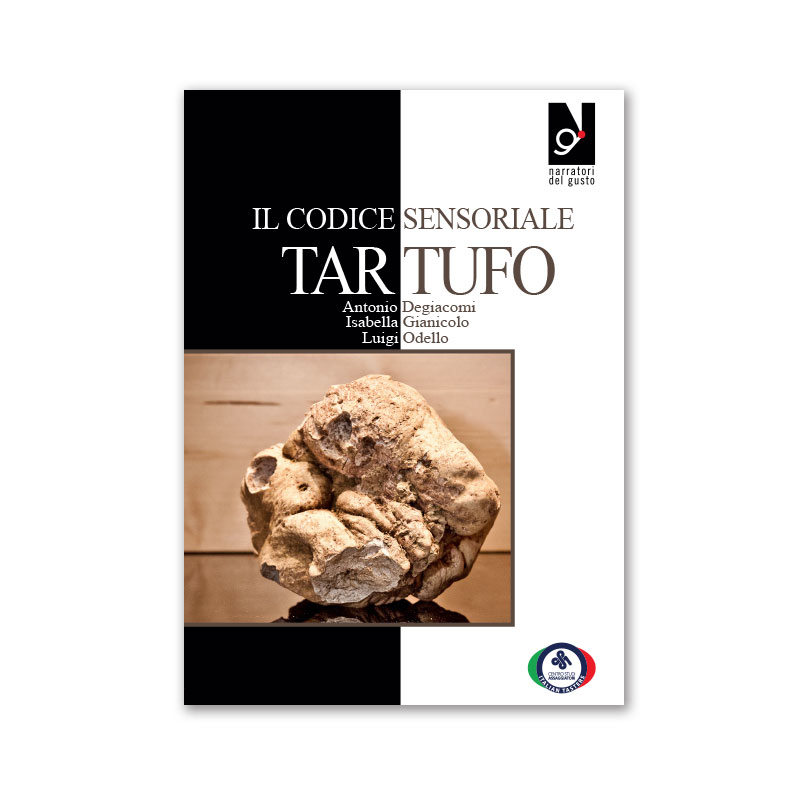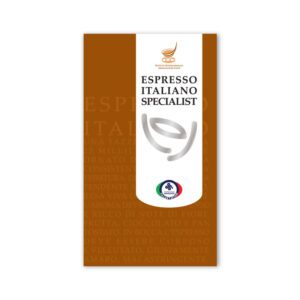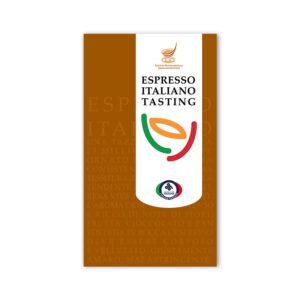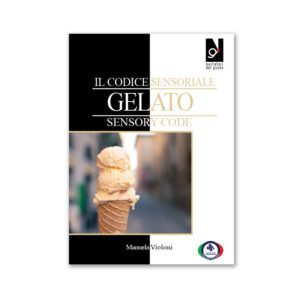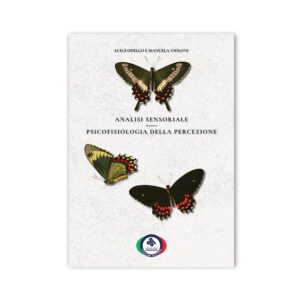The truffle sensory code
What is a truffle and how does it live?
Deciphering the truffle sensory code
Accessories for tasting truffles Perception The evaluation procedure in 3 steps
The brain and the senses
Sight The somesthetic system The sense of smell
Truffles and their environment
Climate and soil The main species
Truffle routes
Truffle hunting and extraction in Italy Traders, selectors, fairs
Truffles in the kitchen
Storing and cleaning truffles
The truffle-slicer
Some good practices in catering
The magnates’ cuisine: a short trip through history
Classic dishes and their evolution
Chefs’ suggestions at the Alba International Fair
Truffles in international haute cuisine
Wine pairing
Description
Deciphering the truffle sensory code
During the National Truffle Fair held in Alba in 1998, about a thousand people took part in a test where a series of truffles, carefully concealed in black canvas bags and placed in turn in a hermetically sealed glass jar, were presented to them. The series of tubers consisted of both white and black truffles varying in species, degree of ripeness (unripe, ripe and overripe), integrity and stage of conservation. The occasional judge who took part in the experiment, opened the glass jar, carefully smelled it and noted his evalutation about the scent’s quality on a specially prepared sheet. At the end of the test, the results revealed two very encouraging answers: on the one hand the supremacy of the Alba white truffle was demonstrated in a most striking way, on the other hand it was seen that ordinary and untrained people are able to determine the quality of the product without seeing it, only by using their nose. This is a clear demonstration that, although there are differences in sensitivity, mnemonic ability and efficiency in processing sensory signals from person to person, most humans can become truffle tasters. So why should we deny ourselves the overwhelming pleasure of taking a leap forward in quality, and dismiss the animal-like binge in order to regain the ability to discern, amongst the truffles, the most valuable of all? While it is true that those who learn the art of tasting almost inevitably increase their chance of discussing with bartenders and restaurateurs, grocers and butchers, greengrocers and various kitchen staff, it is also true that they are largely rewarded by the increased possibility of experiencing a superior pleasure in every moment of their life. However, for some people truffle evaluation has become a task: they are the sensory analysis judges who are called upon to give an objective quality evaluation, to micrometrically measure attributes for research purposes, to act as sensory guards to protect the consumer. This new role was first introduced during the Alba National Truffle Fair in 1998, when the panel members were given the task to monitor health and the type of truffles sold at the La Maddalena market. Therefore their actions, which were considered competent and unbiased, definitely enhanced the event’s image and reliability.
Additional Information
| Dimensions | N/A |
|---|---|
| Disponibile nelle lingue | English, Italian |
| Scegli il formato desiderato | Digital, Paper |

